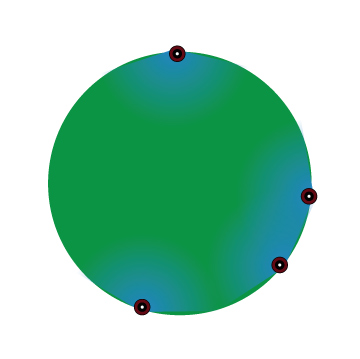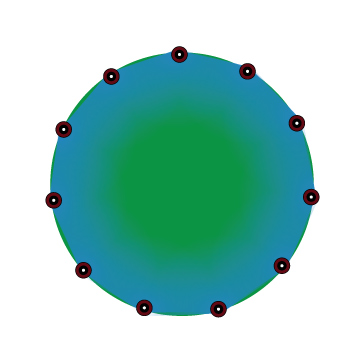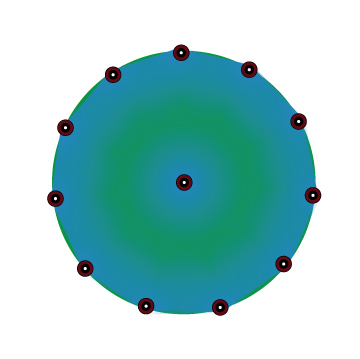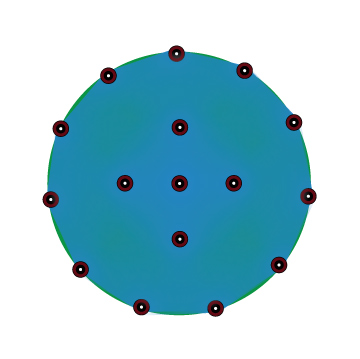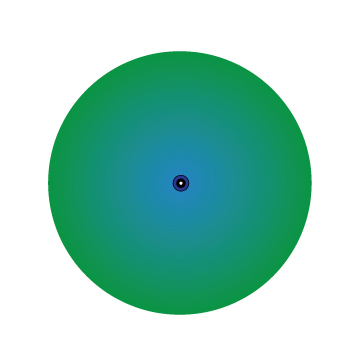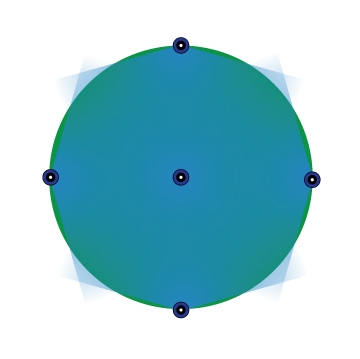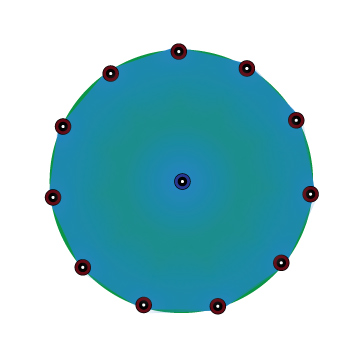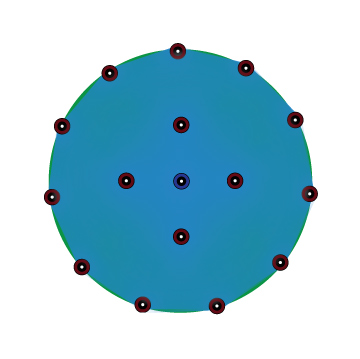Head to Head Coverage for Sprinkler Spacing
The rule for spacing your pop-ups is summed up in one simple phrase, “Head to head”. What this rule means is that your sprinkler should throw from itself to the next sprinkler.
Something you should always try to achieve as this will give you an excellent uniform coverage of water.
There are two main types of spacing for sprinklers, triangular or square, try and follow either of these options, and it will keep things uniform and tidy looking.
Below are some diagrams of sprinkler layouts on typical lawn shapes.
Here are a few examples of how pop-up sprinkler spacing works.
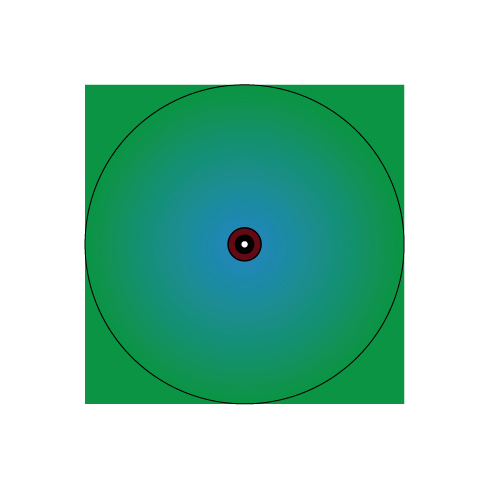
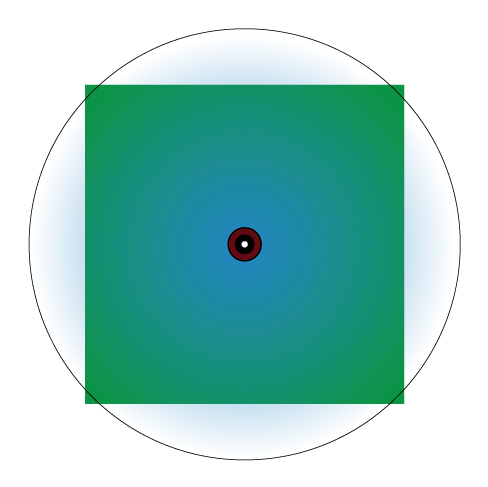
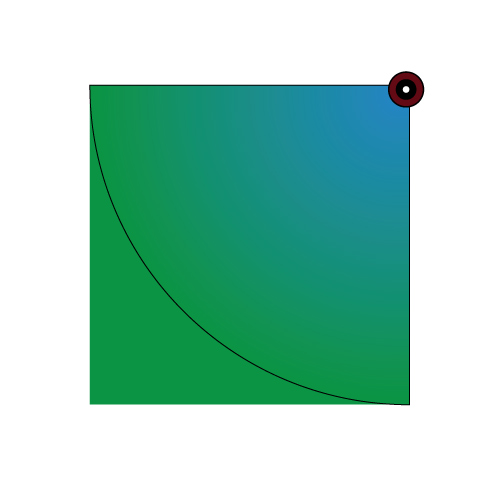
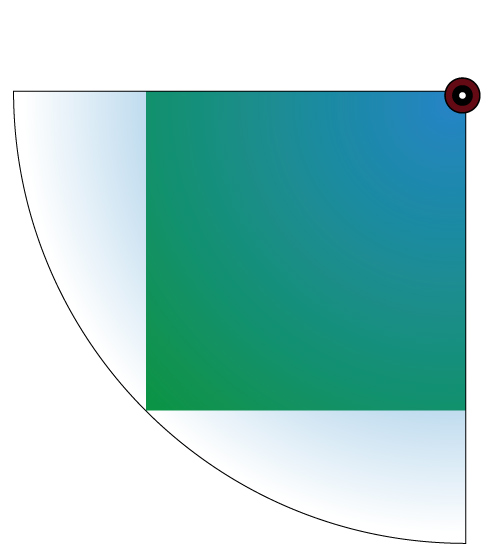
Uneven Coverage
The above examples show what not to do when irrigating an area. The areas close to the sprinkler receive more water than further away from the sprinkler. A common mistake, and the result is uneven grass growth due to overwatering and under-watering. If this was a fenced property or a deck was close by, you would have the sprinklers overthrowing onto them.

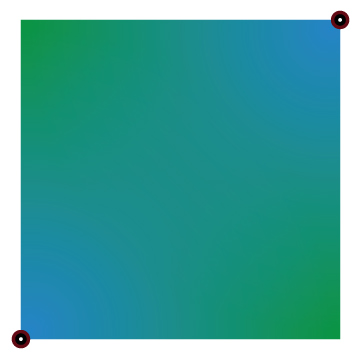
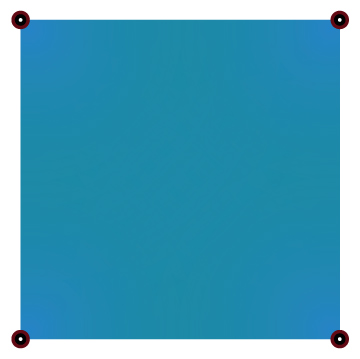
Even Coverage
These three examples show the steps to how we recommend you should provide coverage for your lawn. By starting in the corners and working around and using the head to head method, you can see that through the steps we get to a fully covered lawn with little to no overthrow. This method will ensure that the grass receives and even coverage and saving money on the amount of water used. It may cost more initially having more sprinklers put in, but will save you money in the long term, as well as making sure your lawn stays healthy and even.
This example of a large circle area being laid out head to head for maximum coverage and efficiency of water. Notice the dry patches in the variations and attempts to best cover the area.

